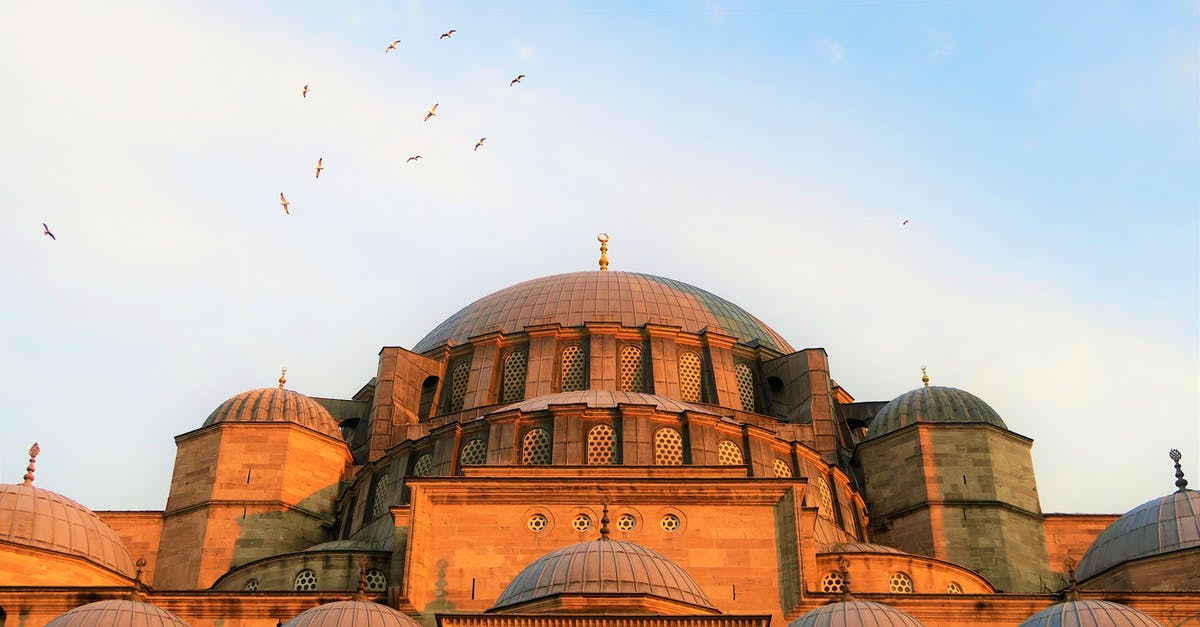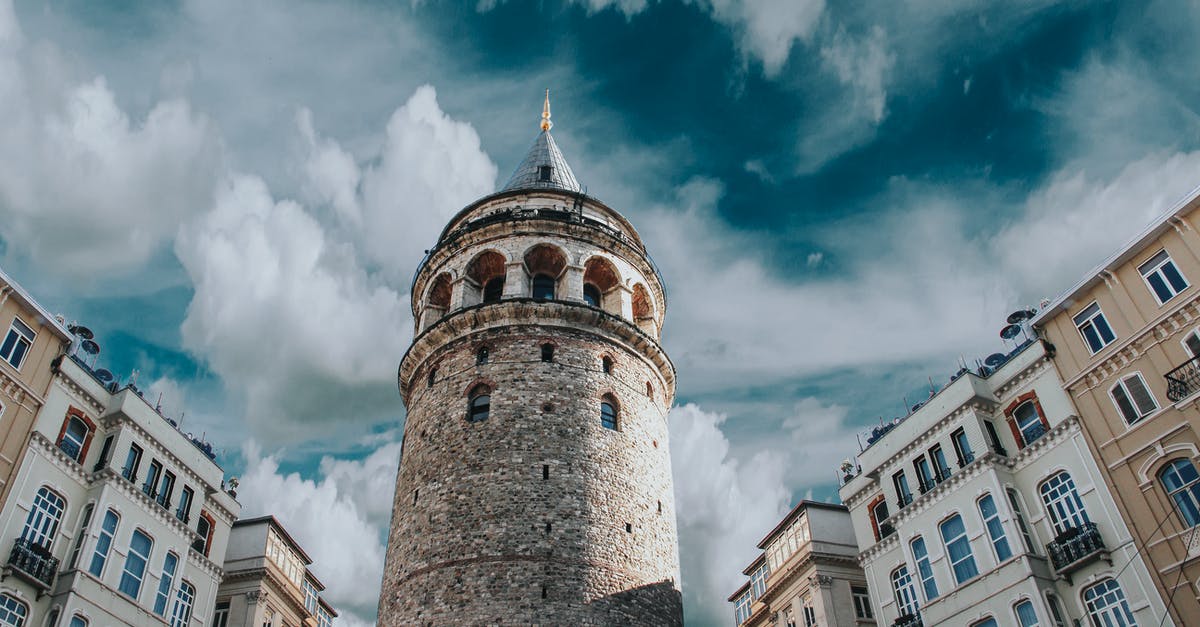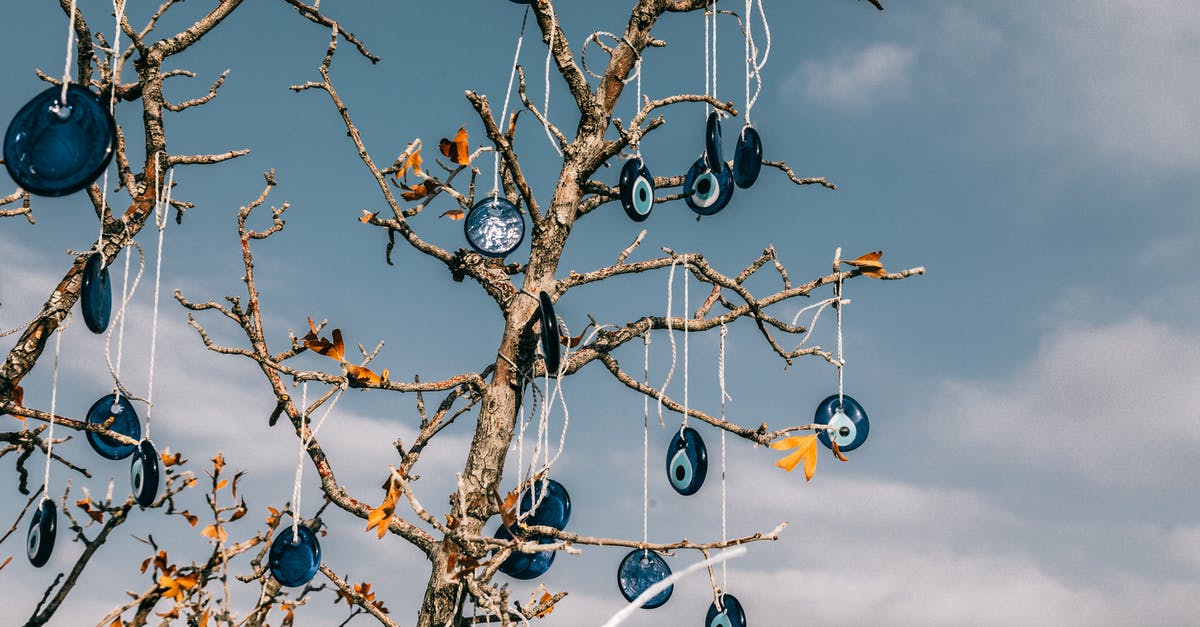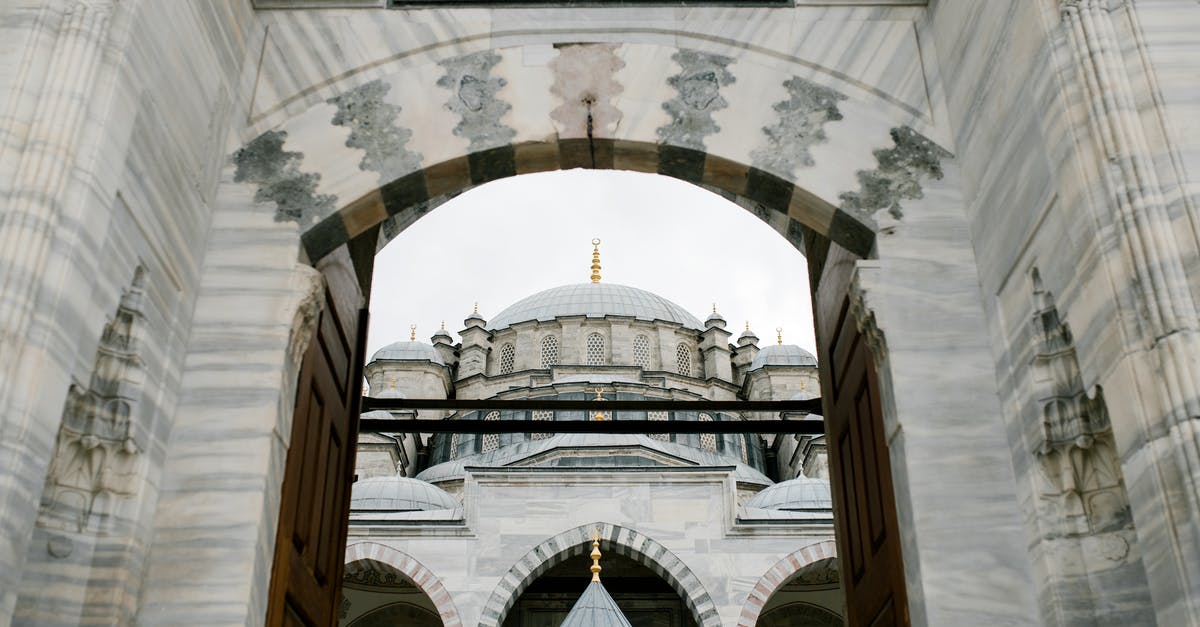How (or is) "low & slow" turkey safe?

If I slow-cook a turkey over low, low heat for 12-18 hours, how does it stay "safe" when the turkey has been in the danger zone for a large majority of the cooking time?
I've been slow-cooking turkeys on my Big Green Egg for years. I use lump coal and wood chips (for smoke) and manage to keep the cooking temperatures between 200°F-250°F (93-121 °C) for the entire time (12-18 hours). The turkey is unstuffed and placed on a rack over a roasting pan. It is cooked until the internal temperature has reached 165°F (white meat) and 175°F (dark meat).
Certainly the finished cooking temperatures has killed any food-borne bacteria, but what makes this method safe when the turkey spends many, many hours in that "danger zone" building up toxins until it is done?
Best Answer
This article, by a reputable food scientist, summarizes the possible dangers inherent in slow cooking of turkeys, with some scientific citations and actual experimental data on microbiological growth in slow-cooked turkeys. I'd encourage anyone interested in slow cooking to read it to appreciate the great variety of microbes which could cause problems, as well as the problems that can occur with persistent toxins or spores.
Basically, the take-home message seems to be if your turkey gets to at least 130F within 8 hours and ultimately reaches 165F throughout, it should ultimately be safe, according to the cited research. However, this is of course at odds with official FDA and USDA standards which seemingly recommend less time in the "danger zone" (though they seem to allow some exceptions for food that is smoked or cooked in a pit barbecue in their guidelines, which they sometimes allow to take up to 8-12 hours to attain temperature, and the USDA's own turkey cooking guidelines clearly imply that large turkeys will spend longer than a couple hours in the "danger zone" when roasted at their "safe" minimum temperature of 325F, though other users here have asked them about this, and they refuse to acknowledge that fact when queried).
I explored related microbial issues of slow cooking in my answer to another question, drawing in part on the article I cited earlier. In sum, the official "danger zone" guidelines have lots of built-in buffers to allow for other errors in food handling. Some microbiologists are on record as saying that these guidelines are overly cautious, but exactly how far you can "bend the rules" is not something I want to speculate on.
Obviously, the safest course would be to follow official approved guidelines. I personally had done a lot of research into this before I ever slow-cooked anything myself, and I would encourage others to do the same before coming to their own conclusions. One important thing I would note, however, is that there are limits to slow-cooking safety -- for example, I absolutely would NOT eat poultry that, say, spent a day or more in the danger zone before reaching 130F. Toxins will build up eventually, and at some point even boiling the turkey won't be enough to make it safe to eat anymore.
Pictures about "How (or is) "low & slow" turkey safe?"



What parts of Turkey are not safe?
The FCDO advise against all but essential travel to the remaining areas of Sirnak, Kilis (including Kilis city) and Hatay provinces. Fighting in Syria continues in areas close to the Turkish border and there remains a heightened risk of terrorism in the region.Is it safe to visit Turkey 2021?
OVERALL RISK : HIGH. Turkey is safe to visit if you avoid some parts of it - namely those near the border with Syria. You should be aware that tourist hotspots, restaurants, shops, and public transportation are places where most thefts and pickpocketing occur, and that violent crime exists here, too.Is Turkey safe right now 2020?
There's an ongoing high threat of terrorist attacks in Turkey. Possible targets include tourist areas, transport networks, shopping malls, hotels and entertainment precincts. Be alert to possible threats, especially in public places or mass gatherings. Stay safe and be vigilant in large crowds.What is the safest place in Turkey?
Numbeo ranked the western province of Eski\u015fehir as the Turkish city with the highest safety index.Lenny Kravitz - Low (Official Video)
More answers regarding how (or is) "low & slow" turkey safe?
Answer 2
There are basically three primary concerns when cooking your turkey: bacteria, spores, and toxins.
Bacteria: As you point out, since your turkey eventually reaches at least 165 degrees, all the live bacteria will be killed.
Spores: Some of the bacterial spores will not be killed, which means that as the meat cools, they will have a chance to grow again. (Some bacterial spores survive to 212 degrees or higher.) The longer your cooking meat is in the danger zone, the more spores will be produced, and the faster your leftovers may become unsafe to eat. This means that refrigerating or freezing leftovers promptly, and eating refrigerated leftovers soon, is especially important for slow-cooked foods. (Although, having said that, the smoke will act as a preservative, which may counteract this effect. The effects of the smoke may be mostly superficial, but as I explain shortly, so are the bacteria!)
Toxins: Finally, there's the concern you brought up: heat-tolerant toxins produced by certain bacteria while the food is cooking. Even in ideal conditions, most bacteria produce toxins very slowly, usually over the course of days. Most of the time that the food is cooking, though technically in the "danger zone," is not ideal conditions for toxin production. I've seen sous vide recipes that involve cooking ribs for 72 hours, and they remain in the "danger zone" for a significant fraction of that time - they are still considered safe to eat when finished.
Perhaps more importantly, the bacteria come from the environment in which the food has been. This means that on a whole turkey, they will generally be on the surface, which heats more quickly and also dries out first, slowing bacterial growth. In addition, the surface is exposed to air, and most toxin-producing bacteria only thrive without oxygen. This is why toxin-based diseases like Botulism are more likely in prepared foods, where surface bacteria are "mixed in" to air-free (and hence oxygen-free) environments, and usually eaten several days (or, in the case of canned food, months) later.
In short, it should be incredibly unlikely, and maybe entirely impossible, for dangerous levels of toxins to build up in the 12-18 hours that your bird is cooking.
Answer 3
Temperature isn't the only factor in bacterial growth. According to Wikipedia:
A number of wood smoke compounds act as preservatives. Phenol and other phenolic compounds in wood smoke are both antioxidants, which slow rancidification of animal fats, and antimicrobials, which slow bacterial growth. Other antimicrobials in wood smoke include formaldehyde, acetic acid, and other organic acids, which give wood smoke a low pH—about 2.5.
If you smoke your food long enough, you'll also dry it out, which inhibits bacterial growth.
The secret ingredient, however, might be the brine that cooks use keep meat moist. Whether you wet or dry brine your turkey, the effect is the same: salt slows the reproduction of bacteria. It turns out that salt diffuses more quickly when the meat is cooking than when it's cold. So the longer you smoke your turkey, the better preserved it's likely to be. (Also, tastier!)
Anecdotally, I've had no trouble with turkeys that I've brined and smoked overnight. But I did get sick eating smoked trout that was not brined and that I did not allow to smoke the full time.
Sources: Stack Exchange - This article follows the attribution requirements of Stack Exchange and is licensed under CC BY-SA 3.0.
Images: Konevi, Selim Çetin, Meruyert Gonullu, Julia Volk
